Learning Chinese table manners is one of the ways to know a bit about the Chinese culture. Though you'll soon be forgiven for mistakes, knowing how to behave well at the table in China is always right. Showing good Chinese table manners and dining etiquette is thought to bring luck and health, while violating certain taboo rules reflects poorly on your parents who should have taught you better. Here are several tips you should keep in mind, before you're treated by a Chinese host.
1. Seating
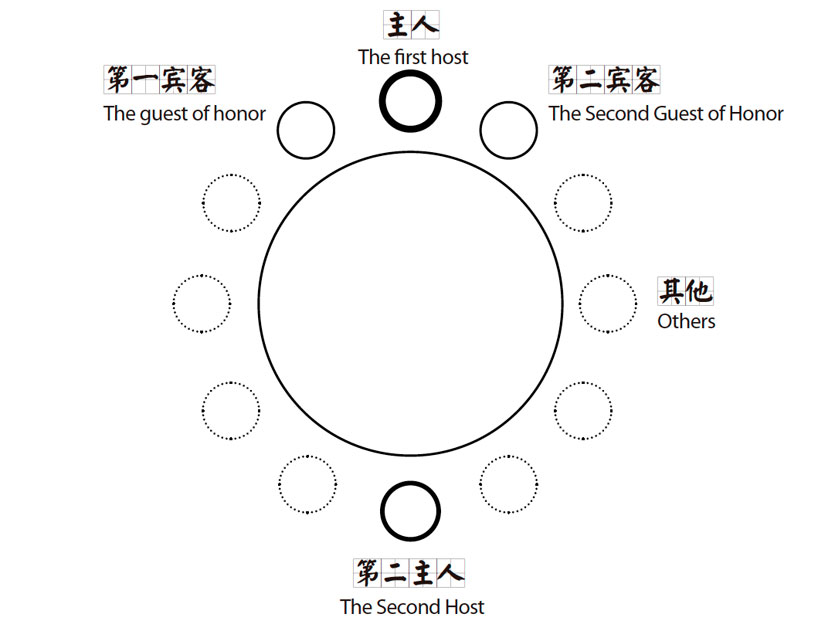
The chair facing the entrance is reserved for the person of the highest status or the guest of honor. In a formal setting, the closer that people are seated to the person of high status, the higher their rank is.
2. Allow others to start the meal
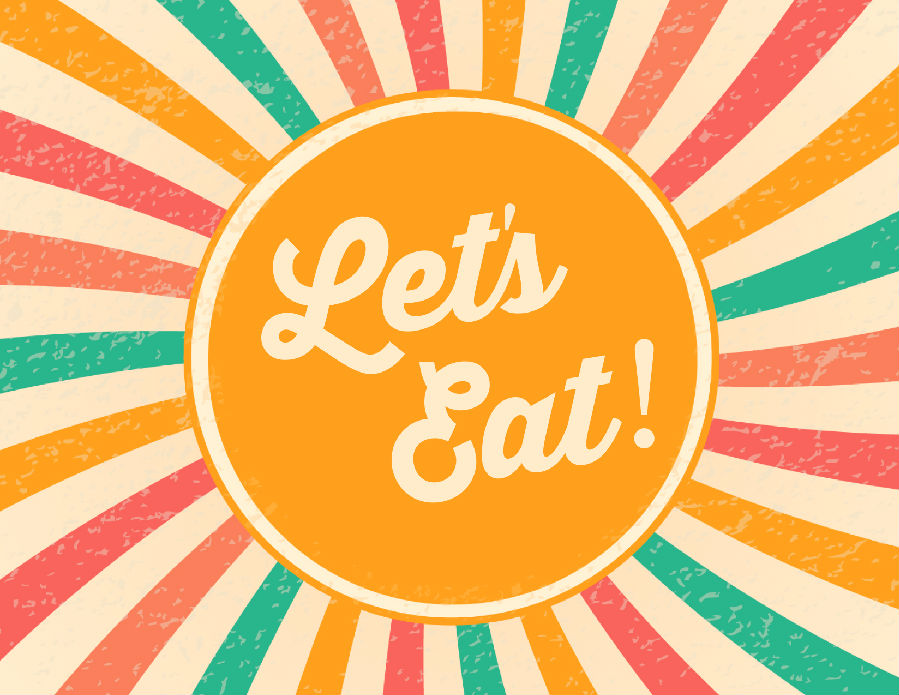
Allow the host, or the eldest or highest ranking person at the table to lift their chopsticks first before you touch yours. If you hear an elder say "let's eat", you can start to eat. Or if you are the guest of honor, others may be waiting for you to start!
3. Sample a bite of every dish
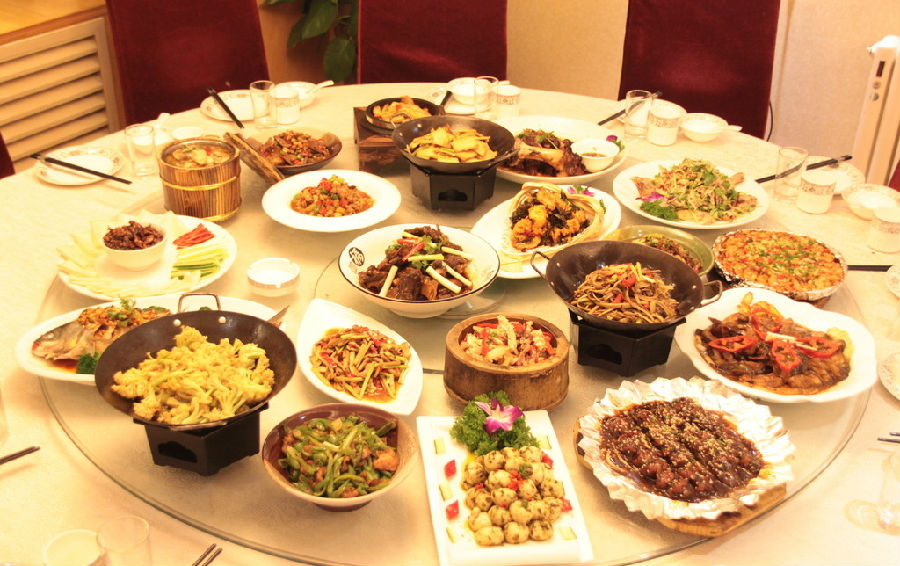
It is considered rude not to sample a bite of every dish. Your host will be looking at you to see your fortitude. Sampling every dish is way to show your gratitude and respect to your host's hospitality.
4. When making toasts, holding your cup with two hands is a sign of respect.
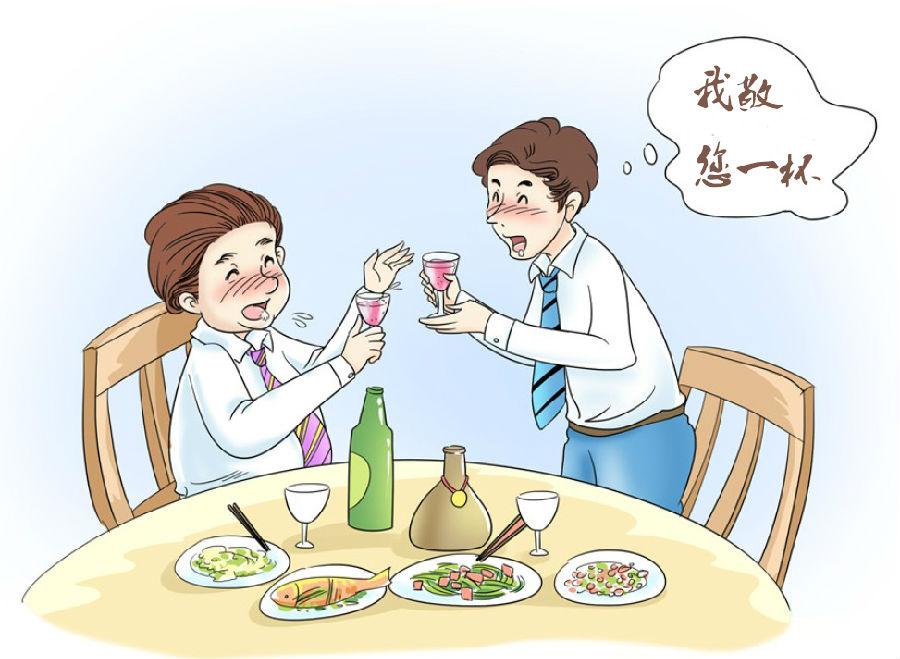
One handed toasts signals laziness and disrespect. If you're the oldest at the table, you're exempt from this – like most things on this list. Do whatever you want, boo.
5. Do not put chopsticks vertically in rice
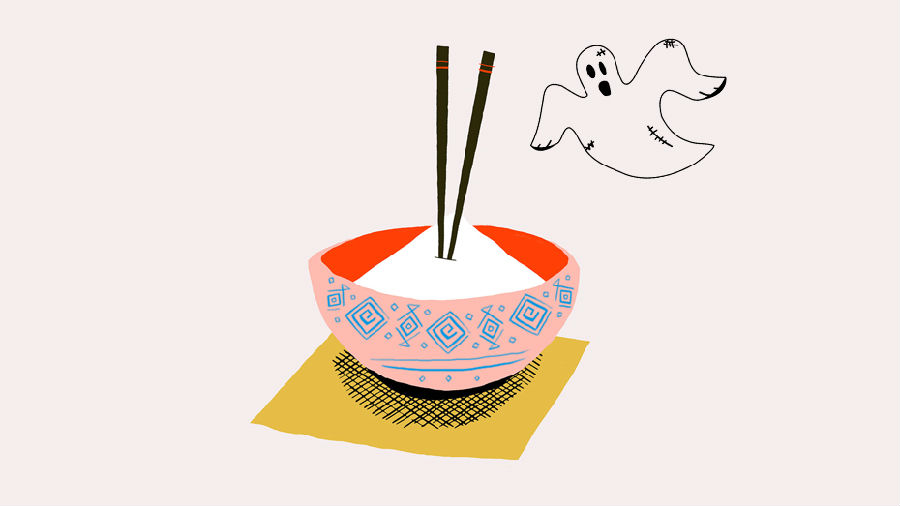
It's reminiscent of burning incense upright for the dead, so it's really bad luck and super rude.
When taking a break, leave your chopsticks on the side of your plate or bowl; use the chopstick rests if they are provided or lay them with the ends even and tidy on the table. Leaving your chopsticks on top of the bowl is a sign that you have finished and the server may remove it!
6. Never turn over the fish
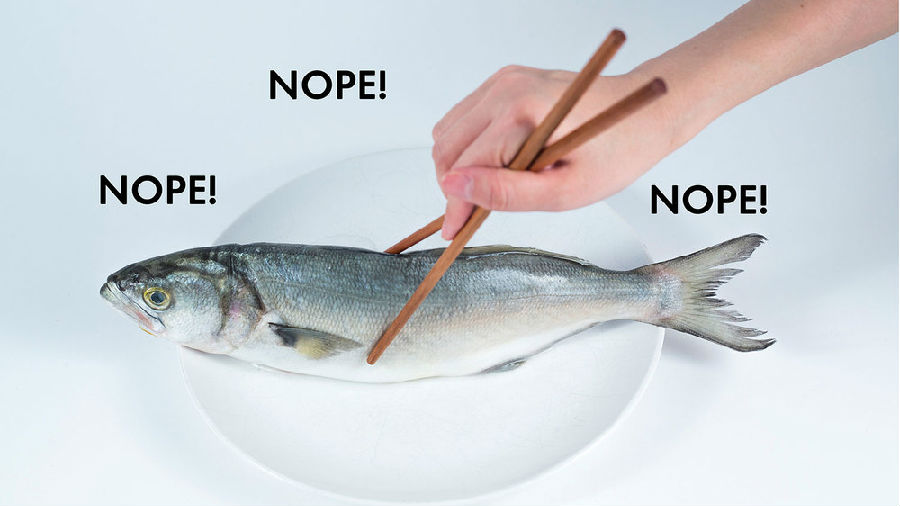
In Chinese traditions, the standard is for a fish to be served whole. After working your way through the tender top side, it may seem logical to simply flip the fish and continue. Unfortunately, doing so has an unforeseen consequence, as it implies a capitalized boat. This tradition started with fisherman for whom the fish symbolized the boat. And as the word for fish sounds like the word for surplus, it also means capsizing your luck.
7. Consider others
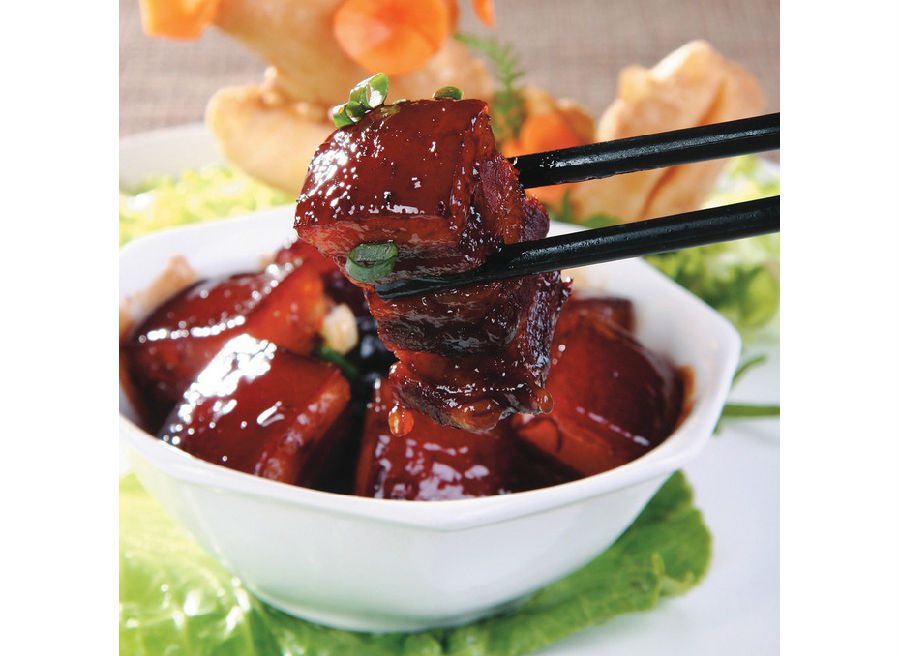
When finding your favorite dish, you should not gobble it up as quickly as possible or put the plate in front of yourself and proceed to eat like a horse. You should consider others at the table. If there is not much left on a plate and you want to finish it, you should consult others. If they say they don't want any more, then you can eat proceed.
8. Use chopsticks or a hand to remove bones
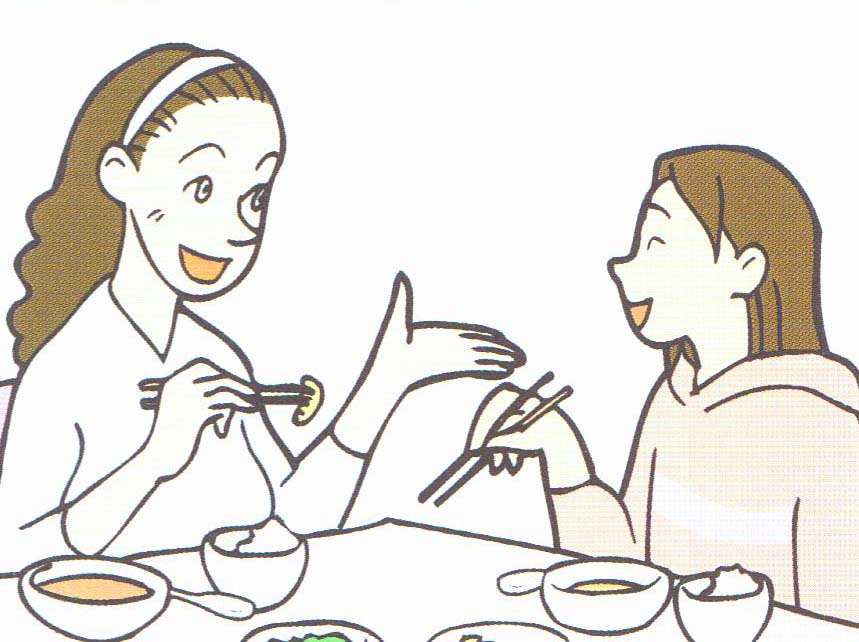
When removing bones or other inedible parts of the meal from your mouth, use chopsticks or a hand to take them and put them on a side plate (or the table) in front of you, instead of spitting them directly onto the table or the ground.
It's impolite either to leave your chopsticks pointing directly to someone across the table, or click the chopsticks as drumsticks to make a noise.
Is the list clear for you? What else do you have to add to this list?
The article is translated and editted by Chinlingo. Please indicate the source for any use, reproduction or transfer.
本文由Chinlingo编译后发布,如需转载,请标明来源。



 闽公网安备 35020302035673号
闽公网安备 35020302035673号
0 responses on "Things to know about Chinese table manners"